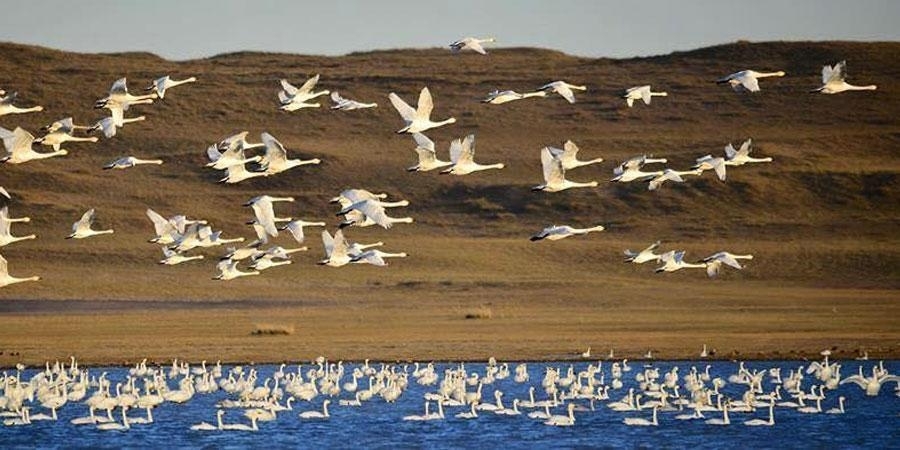ID :
445585
Thu, 04/27/2017 - 15:03
Auther :
Shortlink :
https://www.oananews.org//node/445585
The shortlink copeid
FUNDING FOR REVIVAL OF GANGA AND UGII LAKES TO BE RESOLVED

Ulaanbaatar /MONTSAME/ Yesterday, the Government discussed a report on nature and environmental state of 2015-2016 at its regular meeting and assigned Minister of Environment and Tourism D.Oyunkhorol to introduce the report to related Parliamentary Standing Committees. The Cabinet resolved to introduce this kind of report to the Cabinet meeting every four years and reflect necessary funding for regular observations, researches and studies on long-term change of climate and environment state in the annual state budget.
Relevant ministers were also charged to implement measures indicated in the report, regarding fulfillment of the goals of the Government action plan in 2016-2020, Green development policy and 2030 Agenda for Sustainable development.
PM J.Erdenebat instructed relevant Ministers to allocate funding to revive and protect Ganga and Ugii Lakes this year and charge accountability to entities and citizens who polluted rivers and springs and destroyed nature. According to the report, average temperature of the country increased by 2.2 centigrade over the last 20 years. Natural disasters occurred twice as much in 2001-2016, compared to average 30 disasters in a year, during 1990-2000. For instance, a number of stormy days was counted 37 in 2014, but it reached 47 in one year. Though greenhouse gas emission of the country is lower than the world average, it is found out that the emission per person is higher than the world average.
Livestock number has increased by 2.5 times since 1990 and decline of animal movements caused pasture degradation and desertification. Studies show, 62.8 per cent of Gobisumber aimag, 43.5 per cent of Dornod aimag, 31.1 per cent of Sukhbaatar, 27.9 per cent of Dundgobi and 17 per cent of Umnugobi have been affected by desertification. Increased mining area by over 28 thousand ha is related to new issues of mining licenses in Bulgan, Dornogobi, Dornod, Dundgobi, Zavkhan, Uvurkhangai, Selenge and Tuv aimags.
Last year, survey on surface water revealed that 774 streams and spring-wells, 263 rivers and springs and 346 lakes had dried out.
Pollution level of air, land and water in cities and settlements often exceeds the acceptable level. It is identified that 80 per cent of the Ulaanbaatar air pollution is caused from ger district, 10 per cent by vehicles, 6 per cent by power plants and 4 per cent by dust. Annual sulfur dioxide content in Ulaanbaatar air was 2.4 times higher than the tolerable level in 2015 and it tripled this year. Sulfur dioxide content in Bayankhongor and Dalanzadgad cities is 1.6-18 times higher than the tolerable level.
The sample examination result of Ulaanbaatar soil in 2014 detected bacteria, mildew and fungus in 88 per cent of the total sample and ammonia pollution was higher in densely populated areas. Pollution of the Tuul River has increased due to waste water from the capital sewage treatment plant and wastes from households and entities.
B.Ooluun





